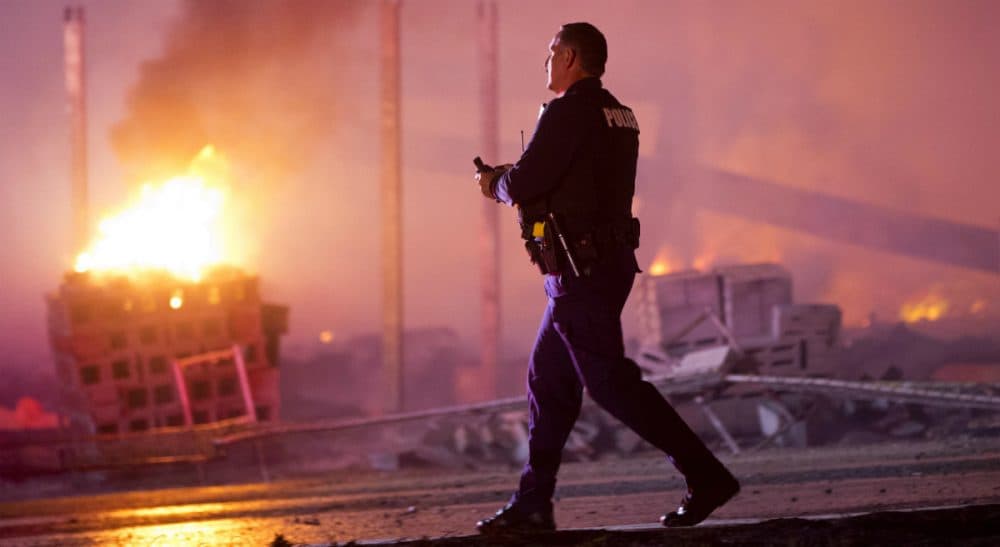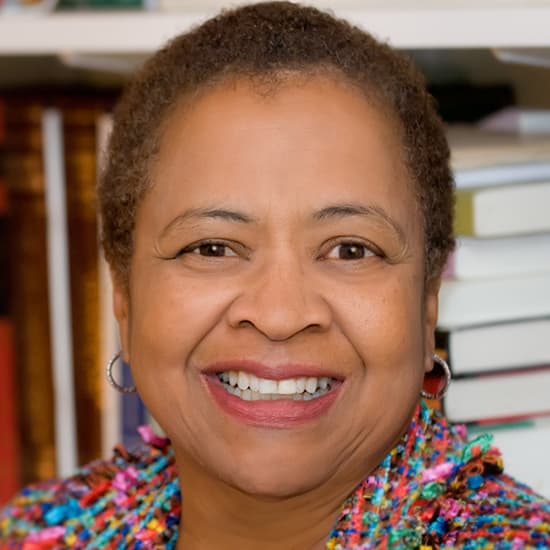Advertisement
Baltimore Wasn't The First City To Burn, And It Won't Be The Last

Our cities have burned before. The broken spines of the Freddie Grays have, before, been the last straw, the flame to the powder keg. And before, the riots have been followed by congressional studies, journalistic reports and community healing projects. Often, public dollars have been pumped into stricken neighborhoods to spur renewal. And yet we cannot seem to pull the curtain on this four-part play.
The famed sociologist Kenneth B. Clark was one of the first witnesses to appear before the Kerner Commission that was convened in 1968 by President Lyndon B. Johnson to study the urban riots of the mid-1960s. Clark’s words then bear study now:
I read that report. . . of the 1919 riot in Chicago, and it is as if I were reading the report of the investigating committee on the Harlem riot of '35, the report of the investigating committee on the Harlem riot of '43, the report of the McCone Commission on the Watts riot. . . . It is a kind of Alice in Wonderland--with the same moving picture reshown over and over again, the same analysis, the same recommendations, and the same inaction.
In July 1919, 17-year-old Eugene Williams was stoned and drowned in Lake Michigan because he sought to swim in a whites-only area. Protests broke out in Chicago’s black neighborhoods when police refused to arrest Williams’ assailant, and after eight anarchic days, 38 people lay dead.
In the summer of 1943, Robert Bandy, an African-American soldier, was shot when he tried to protect a woman from police harassment. Though Bandy was not fatally wounded, Harlemites rampaged for two days, shattering the windows of clothing stores on 125th Street and littering the sidewalks with their white mannequins.
The broken spines of the Freddie Grays have, before, been the last straw, the flame to the powder keg ... And yet we cannot seem to pull the curtain on this four-part play.
On a hot August night in 1964, a traffic stop in Philadelphia went awry when an angry officer pulled Odessa Bradford out of her car and handcuffed her. Word spread that the officer had beaten the woman, whereupon the city exploded for three days.
And in 1967, two Detroit servicemen just back from Vietnam were being feted at a bar in the city’s oldest and poorest neighborhood when the vice squad closed the place down and arrested 82 customers. The riot was on, and it was a week before the fires were extinguished and the gunfire quelled.
When our president despairs because he’s “seen this movie before,” he is referring not just to the violent rebellions that scarred Watts, Newark and now Baltimore, but also to the seemingly uninterruptible cycle of loss, burial, mourning and helplessness generated by police brutality and civilian mistrust. He is reminding us that these iterative assaults, superficially distinct and historically specific, are connected in an existential, corporeal sense to the extractive atrocity of slavery.
Advertisement
Black critical memory conjoins the 1919 murder of 17-year-old Eugene Williams with the 2012 murder of 17-year-old Trayvon Martin, integrating the assaults into an intractable, inevitable, intergenerational process of subordination and rebellion. When he refers to decades of inequality and neglect, Barack Obama is reminding us of the link between structural violence and the performed violence on black bodies, and urging us to observe the ties between social division and economic inequity on the one hand and historic violence on the other.
I do part company with Obama when, seeking to cast blame elsewhere, he claims he cannot federalize every state and local police department. While that may literally be true, until the 1990s, the Justice Department generally failed to use readily available tools, or to seek from Congress new remedies to control the kind of wide scale police lawlessness that has apparently plagued cities like Baltimore.
The absence of political will, not constitutional authority, explains the longstanding federal absence from the most charged arena of race relations in our national history.
Former Attorney General Eric Holder’s efforts in New Orleans, and more recently in Ferguson, to enforce constitutional standards have marked a welcome break from a century of inattention to the plight of police victims. At the historic 1963 March on Washington, Representative John Lewis pleaded for inclusion in the civil rights bill, provisions that would enhance federal power against police abuse, but the Justice Department rejected the proposals.
In 1991, Congress failed to pass a Police Accountability Act, which would have conferred power on Justice to enjoin police wrongdoing. It was only 20 years ago, in 1994, that Congress specifically authorized federal investigations of pervasive misconduct by state and local law enforcement.
The absence of political will, not constitutional authority, explains the longstanding federal absence from the most charged arena of race relations in our national history. Obama has the gravitas and voice to structure our conversation about policing black communities, but he should also acknowledge that the fault lines leading to Baltimore passed through our capitol.
